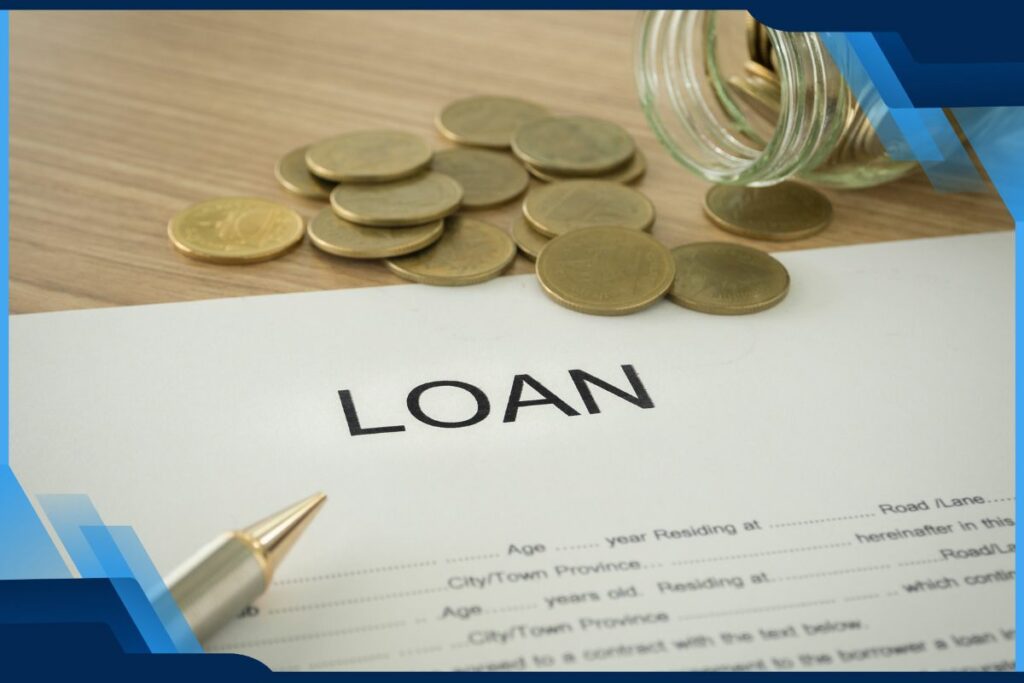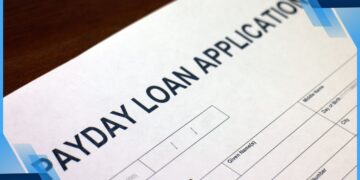Types of Loans: A Guide to Making Informed Borrowing Decisions

When it comes to borrowing money in Australia, the options can feel overwhelming. Whether you’re looking to buy a home, fund your education, start a business, or cover an unexpected expense, understanding the different types of loans available is essential to make informed decisions.
This guide will walk you through the main types of loans available in Australia, explain how they work, and offer insights on what to consider before taking one out. From personal loans to emergency loans, you’ll find a breakdown of what each loan type offers and how it could fit into your financial plans.
Personal Loans
A personal loan is one of the most flexible loan options in Australia. You can use it for a variety of reasons, such as consolidating debt, financing a wedding, or covering medical expenses. Personal loans come in two primary types: secured and unsecured loans.
How do they work?
With a secured loan, you’ll need to offer an asset as collateral, such as a car or property, which the lender can seize if you fail to repay the loan. This can make secured loans easier to get approved for and often results in lower interest rates. Unsecured loans, on the other hand, don’t require collateral but usually come with higher interest rates since they pose a greater risk to lenders.
Repayment terms typically range from one to seven years, and interest rates can vary widely based on the lender and your credit score. Many lenders now offer fixed or variable interest rate options. A fixed rate keeps your repayments steady over the life of the loan, while a variable rate may fluctuate with market conditions, potentially making your repayments lower or higher over time.
Home Loans
Buying a home is a big decision, and understanding your loan options is crucial in the Australian housing market. Home loans, or mortgages, come with several options, each catering to different financial situations and goals.
Options for buying your house
There are fixed-rate home loans, variable-rate home loans, and split-rate home loans.
A fixed-rate loan gives you the certainty of consistent repayments over a set period, usually between one and five years. This is ideal if you prefer stability and need to budget tightly.
A variable-rate loan, on the other hand, has interest rates that can rise or fall depending on the official cash rate set by the Reserve Bank of Australia (RBA). If you can tolerate some risk, variable loans may offer the opportunity to benefit from lower rates when market conditions are favorable.
A split-rate loan allows you to divide your mortgage between fixed and variable rates, giving you a balance of security and flexibility.
You may also come across interest-only loans, where you only pay the interest for a set period (typically up to five years). This can be beneficial for investors or first-home buyers looking to minimize initial costs, but the catch is that once the interest-only period ends, your repayments will increase.
Student Loans
Education in Australia can be costly, but fortunately, there are loans designed to help students finance their studies. These loans, known as HELP loans (Higher Education Loan Program), are offered by the Australian Government to support eligible students pursuing higher education.
How to finance your studies
The HELP loan scheme includes various types of loans like HECS-HELP, FEE-HELP, and SA-HELP.
- HECS-HELP is available to students in Commonwealth-supported places and covers tuition fees. Repayments are automatically deducted from your income once you earn above the minimum repayment threshold, which is adjusted annually.
- FEE-HELP assists full-fee-paying students to cover tuition costs, with similar repayment terms.
- SA-HELP is a smaller loan to cover student services and amenities fees, ensuring students have access to campus facilities.
The best part of HELP loans is that they don’t require repayments until you reach a certain income level, giving you time to complete your studies and settle into the workforce before managing loan repayments.
Car Loans
For many Australians, owning a car is essential for day-to-day life. Car loans are specifically designed to help you finance the purchase of a new or used vehicle. But before signing on the dotted line, it’s important to understand what you’re getting into.
What to consider before signing
Car loans generally come in secured and unsecured forms, similar to personal loans. With a secured car loan, the car itself acts as collateral, meaning the lender can repossess the vehicle if you fail to repay the loan. This typically results in lower interest rates.
On the other hand, unsecured car loans may be available for borrowers with strong credit, but they tend to come with higher rates and more stringent terms.
When choosing a car loan, you’ll need to consider the loan term and whether you want a fixed or variable interest rate. A shorter loan term will reduce the amount of interest paid over time, but it will increase your monthly repayments.
You should also factor in additional costs such as vehicle registration, insurance, and maintenance, which can quickly add up and affect your ability to make loan repayments.
Business Loans
Starting or growing a business often requires significant financial investment. Business loans offer a way to cover startup costs, expand operations, or manage cash flow. These loans are designed specifically for businesses and have tailored features to meet different needs.
Financing for small businesses
Business loans in Australia come in various forms, including secured and unsecured business loans, equipment finance, and lines of credit.
A secured business loan usually involves offering assets like property or equipment as security, which can help you secure larger loan amounts or lower interest rates. Unsecured business loans, while more flexible, typically come with higher interest rates and stricter eligibility criteria.
Equipment finance is an excellent option for businesses that need to purchase specific assets, like machinery or vehicles, while lines of credit offer flexibility by giving businesses access to a predetermined amount of funds, which they can draw on as needed.
Before taking out a business loan, it’s essential to assess your business’s cash flow, profitability, and long-term financial goals. Business loans can be a great tool for growth, but they also require careful planning to ensure repayments are manageable.
Emergency Loans
Life is unpredictable, and sometimes emergencies crop up that require immediate financial attention. Emergency loans are short-term solutions designed to help you cover urgent expenses, such as medical bills, car repairs, or urgent home repairs.
When and how to use them
These loans often come with high interest rates and short repayment terms, so they should only be used when absolutely necessary. Lenders may approve emergency loans quickly, often within the same day, but it’s important to read the terms carefully.
If you’re considering an emergency loan, ask yourself if you can realistically afford the repayments within the short time frame. If not, you might want to explore other options, such as negotiating payment plans with service providers or accessing financial hardship programs offered by banks.
Conclusion
In Australia, there’s a wide range of loans available to meet different financial needs. Whether you’re looking for a personal loan to consolidate debt, a mortgage to buy a home, or an emergency loan to cover unexpected expenses, understanding the types of loans on offer is crucial. Always take the time to assess your financial situation, compare loan options, and read the fine print to ensure you’re making the best decision for your circumstances. With the right knowledge, you can confidently navigate the world of borrowing and make informed choices that align with your financial goals.
FAQ
- What is the difference between a secured and unsecured loan?
A secured loan requires collateral (like a car or property), which the lender can take if you don’t repay. Unsecured loans don’t need collateral but often come with higher interest rates. - How does a fixed-rate home loan differ from a variable-rate home loan?
A fixed-rate home loan locks in your interest rate for a set period, meaning your repayments stay the same. A variable-rate home loan’s interest rate can change, causing your repayments to rise or fall. - When should I consider taking out a personal loan?
A personal loan is suitable when you need funds for a significant expense, like consolidating debt, covering medical bills, or financing a large purchase. Ensure that you can comfortably manage the repayments. - Are student loans in Australia interest-free?
No, student loans like HELP loans aren’t interest-free. However, they are indexed to inflation, meaning the amount owed is adjusted in line with the cost of living rather than accruing high-interest rates. - What should I look out for when applying for an emergency loan?
Look out for high interest rates and short repayment terms. Emergency loans should only be used when absolutely necessary, and it’s important to ensure you can afford the repayments.
Related content

Car Loans in Australia: Compare the Best Options for Every Budget

Pros and cons of payday loans in Australia

How to refinance your mortgage and save money

Loan Interest Rates: Variable vs. Fixed

How to Choose the Best Personal Loan
